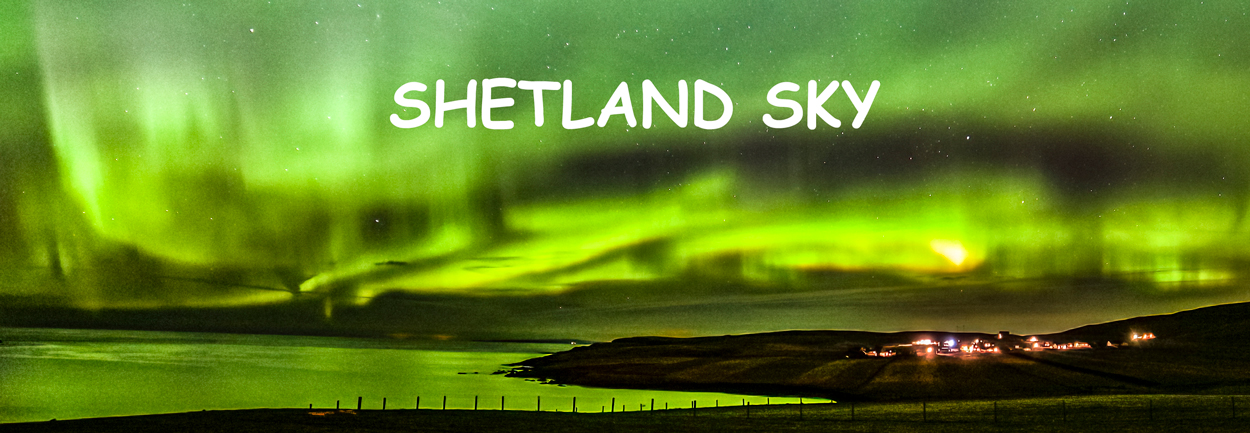The moon always shows the same face to the earth and craters can be seen on the surface. It is the second most luminous planets in the solar system after the sun. Back in 1967 I was at school and witnessed the moon landings, which captured everyone's imagination. there are some that don't believe that the Americans landed at all . the footprints will last for many hundreds of years because there is no wind and no atmosphere to destroy them.
When I look up at the sky at night and see the large searchlight of the moon shining down i cannot fail to be moved. It is approx 239,000 miles from earth yet we seem to be closely connected , i know that the moon is likely to be a part of our planet having been struck by a large meteor which broke a chunk from the earth which eventually became the moon as we know it.
The large featureless plains that can be seen by the naked eye are called Maris or seas, these are really vast solidified pools of lava. These seas cover 31% of the surface on the near side of the moon, on the far side these only cover 2% of the surface.
The light coloured regions are know as the highlands as they are higher than the seas, these have been studied and have been found to be 4.4 million years old.
Craters form a large part of the surface and at the last count there is over 300,000 craters over 1 km in length .
A few days after new moon, when there is just a very slim crescent, you can sometimes see earth shine on the unilluminated portion of the moon .Earth shine caused by sunlight being reflected off the earth and falling onto the moon
Photos showing earth shine
When photographing the moon make sure that you remove all filters otherwise you will get a reflection as shown the the photo below






No comments:
Post a Comment